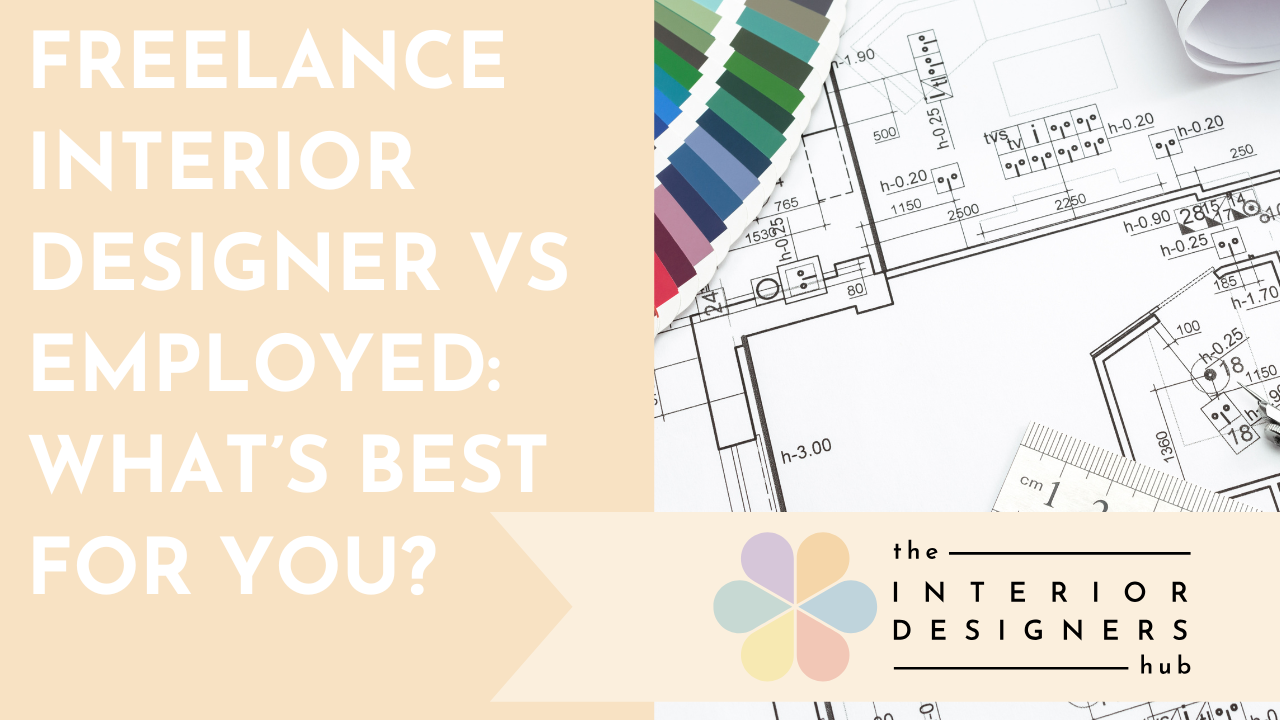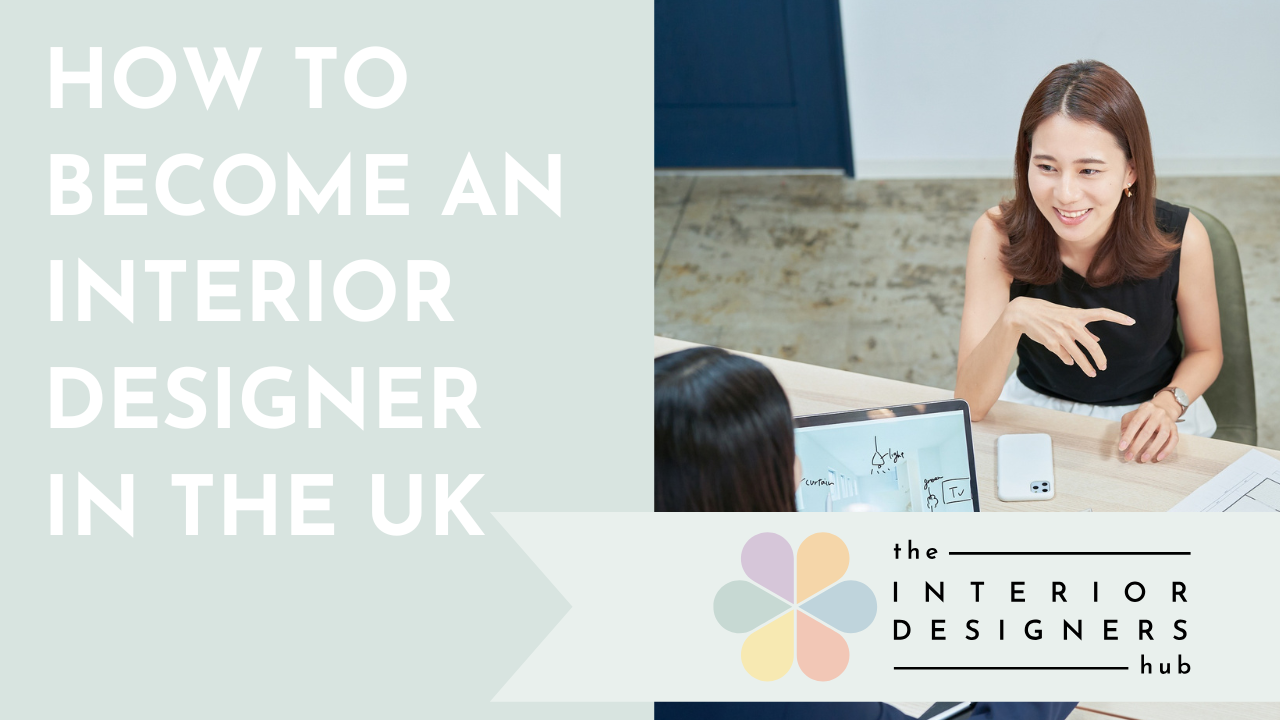Spotlight on Lighting #2 : 5 Things You Need To Know About Light Bulbs

If you've been to your local hardware store in search of light bulbs recently, you could be forgiven for being overwhelmed by the choice available. Gone are the days when you could just walk in and buy a 60 watt incandescent bayonet and know that this would be suitable for most purposes.
In today's post, we are going to turn the spotlight (excuse the pun) onto light bulbs, and make your lighting shopping that little bit easier. Here are 5 things you need to know, before specifying which light bulbs to buy for your client's lighting scheme.
1. The Type of Light Bulb
Light bulbs used to be almost exclusively incandescent. They emitted a yellowy light that was warm and inviting, but they were also horribly inefficient, costly and damaging to the environment. Incandescent bulbs have been phased out in most developed countries in favour of more environmentally friendly options (hooray to that).
The main options available now are Halogen, CFL and LED.
Halogen bulbs are the closest to the old incandescent light bulbs in terms of the quality of light they produce, yet they are also the most energy-inefficient. Although they are cheaper than their more energy efficient cousins (LEDs and CFLs) they don't last as long either so you'll be replacing them more quickly - making them not such a cheap option after all.
Compact Flourescent Light Bulbs (CFLs) consume around a quarter of the energy of incandescent bulbs so they are a much better choice for the environment. The drawback of CFLs is that they often take a while to light up to full strength, although this technology has improved recently. They also contain trace amounts of mercury which means that they need to be disposed of carefully, at an appropriate recycling facility. CFLs cannot be dimmed so if you have designed a multi-purpose room where your clients will want to change between task and mood lighting, CFLs won't be the best choice.
Light Emitting Diodes (LEDs) are the best choice environmentally, and the technology has come on in leaps and bounds in recent years. They used to be available only in horrid looking energy efficient styles, emitting a harsh white light, but now they are much more versatile than before: you can buy LEDs with clear bulbs showing the filament as well as buying strips for under kitchen cabinets, to flood feature walls or to hide behind curtain pelmets. LEDs don't emit UV rays, which means they don't contribute towards fading on fabrics. In short, LEDs are the best all-round choice.
Over in Hub Insiders, our membership site for Professional and newly qualified designers we can often be found having technical discussions on which type of lighting would be best for a certain scheme a member is working on. We obviously share the occasional bit of light porn as well like below from Tom Dixon! Having a professional community to bounce ideas off is invaluable.

2. The Fittings You Need
Some lamps and lights use a bayonet fitting whereas others use a screw fitting. These come in different sizes too, and to further complicate things, some spotlights and tube lights have pin fittings. Although a new light bulb will have the type and size of fitting specified on the box, you need to know what your old bulb was to make sure you get the same type to replace it. Before you head out to the shops, grab the old bulb and take it with you so that you can compare the size and type in the shop.
A more detailed view of the common fittings can be found below;

Any decent lighting store would be able to advise you on the relative merits and drawbacks of each of the fittings above are, that is a topic in itself and beyond the scope of this blog post.
3. The Shape of the Bulb
If you are buying a spotlight or a strip light, then of course the shape of the bulb is predetermined for you. But if you are buying for a pendant or lamp, the shape of the bulb is largely down to personal preference, and it's worth checking in with your client to see what they prefer.
Bulbs mostly come in large and small globe shapes, candle shapes, spirals or sticks. If your bulb is going to be on view (inside a pendant for example) then think about the aesthetics of how the bulb will look. Edison filament bulbs for example are attractive, whereas a fluorescent stick light is a bit of an eye sore. Beware of the height of different bulbs too. A globe bulb is often best for table lamps, as a stick bulb would protrude above the top of the lamp shade!

4. The Colour Temperature of the Light
The colour of lightbulbs is on a spectrum, from warm orange-yellow at one end to cool blue-white at the other end. The 'colour temperature' is measured in Kelvins. To give you an idea, a warm orangey candlelight would be around 1500 Kelvins, whereas broad daylight is around 5,000 Kelvins and a cold blue light could be 6-7,000 Kelvins. So the higher the Kelvins, the cooler/bluer the light.

Generally, lower Kelvins are better for living and relaxation areas, and higher Kelvins are better for task oriented spaces such as bathrooms and kitchens.
5. The Brightness of the Bulb
The final factor to consider is how bright you want the bulb to be. Brightness used to be measured in Watts, but as this was a measure of energy used, it's no longer appropriate for energy efficient lights. Brightness is now measured in Lumens instead, and most light bulb packaging shows the equivalent lumens in the old measurement of watts. If you buy a dimmable bulb, the packaging will usually tell you the range of lumens you can achieve at its lowest and highest.

The amount of lumens you need in your bulb depends on a number of factors. Firstly, the purpose of the room. For example, you may want a brighter light in a room where your client will be carrying out tasks such as working or putting on make up, whereas you would want a less bright light in rooms where they are going to be socialising.
The second factor to consider is the size of the room. A larger room will need a greater number of lumens whereas a smaller room will need fewer.
And the third and final factor to consider is how many light sources you are putting in the room. To give you an example, an average living room will need somewhere between 3-5,000 lumens, but this can be made up from a combination of different light sources, such as floor lighting, lamps and pendants. In our next blog we will look at how to create a lighting scheme, making sure that you have sufficient lighting, spread between different light sources, along with a handy calculator to help you work it out. Stay posted!
A Quick Summary : Questions to Ask Yourself
1. Type of Light Bulb - Halogen, CFL or LED?
2. Fitting - bayonet, screw or pin? What size?
3. Bulb shape - globe, candle, sprial, stick?
4. Colour in Kelvins - Yellow, white or blue light?
5. Brightness in Lumens - what is the purpose of the room (task or relaxation)? How many lights are you using combined? How large is the room?
So there we have it, everything you need to know about buying light bulbs for your client's home!
Until next time x
Not sure how to set up and run your own business?
👇 Grab our step by step roadmap and stop guessing! 👇
By submitting this form you consent to receiving marketing emails. You can subscribe at any time.










